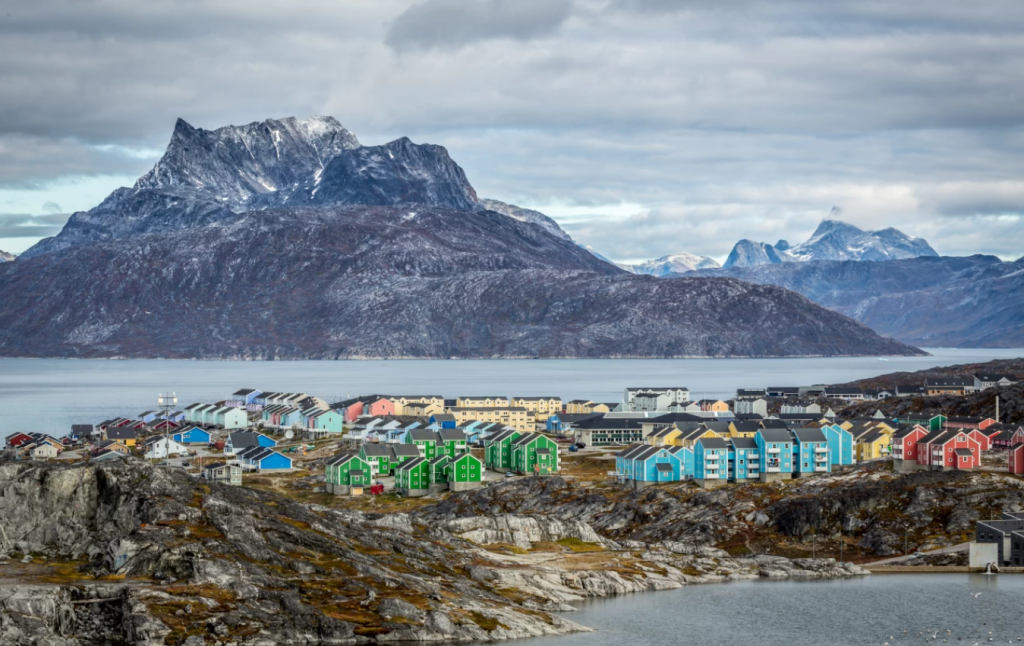
On July 16, 2025, the remote Arctic station of Constable Pynt (Nerlerit Inaat), located on the eastern coast of Greenland at 70°N latitude, recorded an extraordinary maximum temperature of 23.1°C and a minimum of 13.1°C. These values are exceptional for Greenland, particularly at such a high latitude, and reflect the accelerating impact of Arctic warming.
Constable Pynt is situated in one of the coldest inhabited regions on the planet, where even midsummer highs often stay below 15°C. Yet this July day brought almost central European-like warmth, highly unusual for the icy coast of Greenland. The nighttime low of 13.1°C was also extremely mild, nearly qualifying as a tropical night by Arctic standards.
Notably, this isn’t the first time Constable Pynt has made headlines for heat. On July 29, 2021, a temperature of 23.2°C was recorded at the local airport station—until now, one of the highest values ever measured at this location. The 23.1°C in 2025 nearly matches that record, making it one of the warmest days in recorded history for the area.
Meteorologists attribute this heat to a blocking high-pressure system over the Greenland Sea, funnelling unusually warm air northward. Under clear skies and 24-hour daylight, land surfaces heat quickly—especially in low-ice coastal zones like those around Constable Pynt.
These high temperatures are part of a larger trend: the Arctic is warming over four times faster than the global average, a phenomenon known as Arctic amplification. The loss of sea ice, thawing permafrost, and shifting atmospheric patterns are all contributing to more frequent and intense heat events across Greenland.
Such warmth accelerates glacier melt, threatens local ecosystems, and contributes to global sea-level rise. Even isolated events like this are powerful indicators of climate destabilization in one of the world’s most sensitive regions.

Illustration picture: https://www.adventure-life.com/greenland/constable-point


























